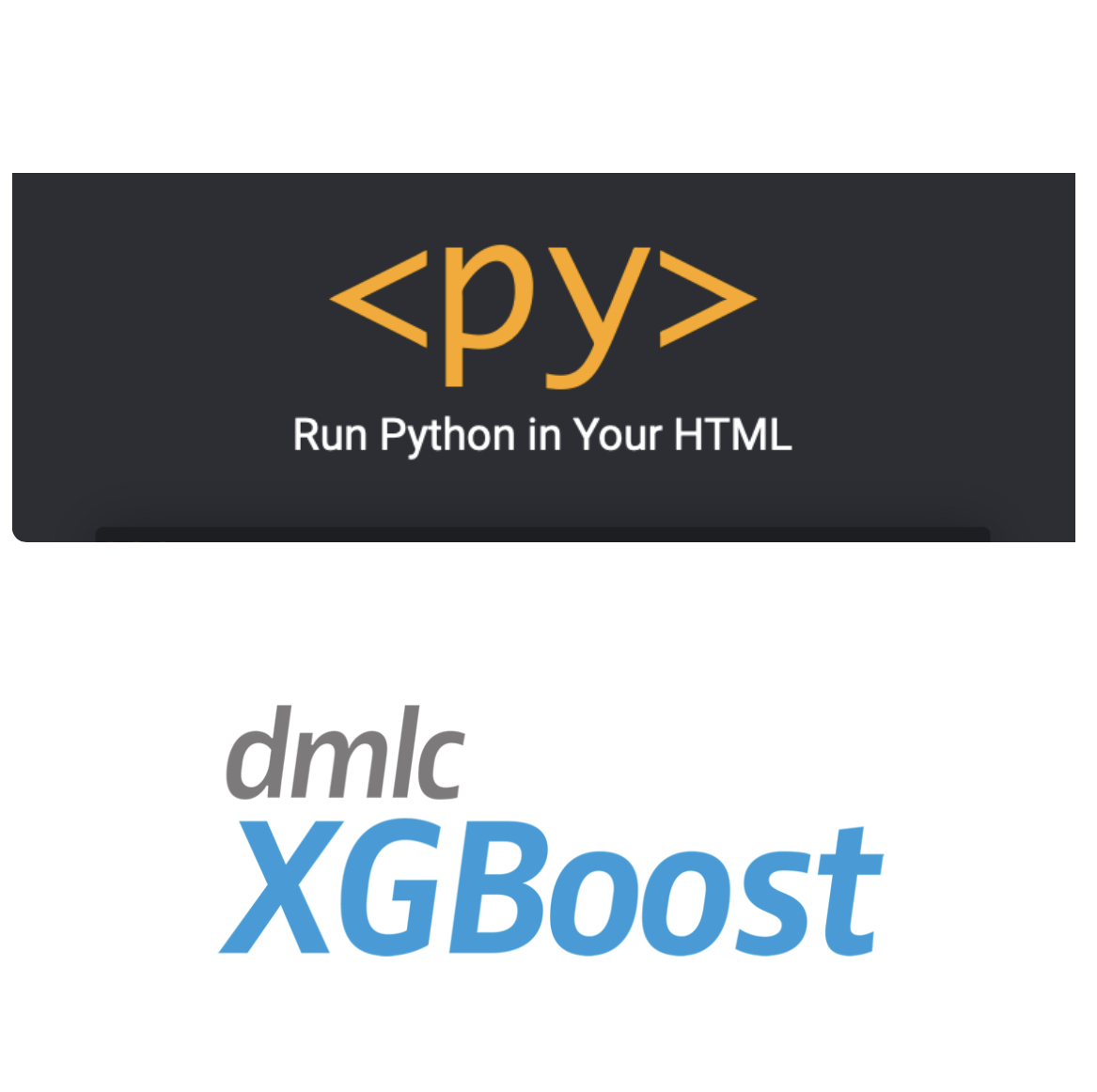
Decision trees based Machine Learning models are some of the best performant algorithms in eras of predictive capability, especially on small and heterogenous datasets.
1/4
1/4

They also provide an unparalleled level of interpretability compared to all other non-linear algorithms. However, they are very hard to optimize on Von Neumann architecture machines due to their non-uniform memory access patterns.
2/4
2/4
In groundbreaking work published in Nature Communications a team of researchers has shown that analog content addressable memory (CAM) devices with in-memory calculation can dramatically accelerate tree-based model inference, as much as 10**3 over the conventional approaches 3/4
The Nature Communications article can be found here: nature.com/articles/s4146…
#MachineLearning #ML #AI #DataScience #DS #Hardware #Computation #DecisionTrees
4/4
#MachineLearning #ML #AI #DataScience #DS #Hardware #Computation #DecisionTrees
4/4
• • •
Missing some Tweet in this thread? You can try to
force a refresh









